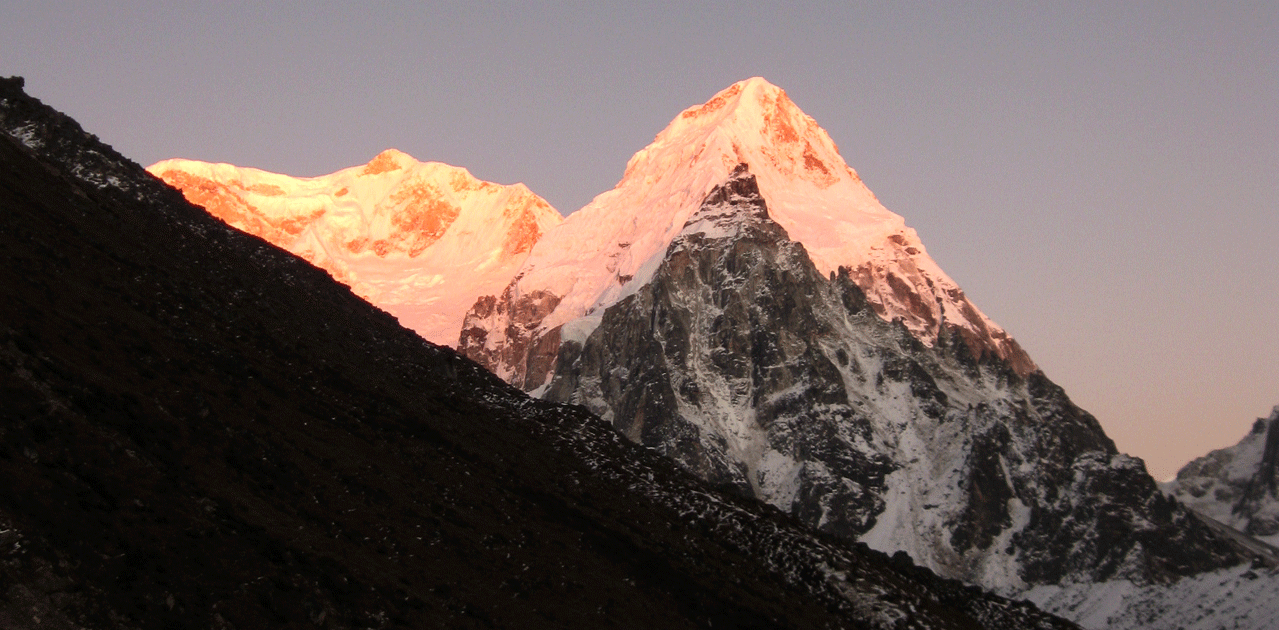The Kanchenjunga Circuit Short Trek is a strenuous journey deep into the eastern Himalayas, providing stunning vistas of Mount Kanchenjunga, the world’s third-highest peak. However, as wonderful as this walk is, it is not without risk. Understanding the hazards is critical for anyone choosing to embark on this adventure. I’ve gone on this walk personally, and I’d want to share some thoughts to help you prepare and stay safe.

Altitude Sickness
One of the most significant risks on the Kanchenjunga Circuit is altitude sickness. The trek takes you above 5,000 meters, where the air is thin, and the risk of developing Acute Mountain Sickness (AMS) is high. I remember feeling the effects as I climbed higher each day — the dizziness, headaches, and shortness of breath were constant reminders of the altitude. It’s important to acclimatize properly by taking rest days, staying hydrated, and ascending slowly. Ignoring these signs can lead to severe complications, including life-threatening conditions like High Altitude Pulmonary Edema (HAPE) and High Altitude Cerebral Edema (HACE).
Harsh Weather Conditions
The weather in the Kanchenjunga region can be unpredictable and harsh. Even during the trekking season, you might encounter sudden snowstorms, heavy rain, or freezing temperatures. I vividly recall one night when the temperature dropped drastically, and the cold seeped through every layer of clothing. Hypothermia and frostbite are real dangers in such conditions. It’s essential to pack proper gear, including thermal layers, waterproof clothing, and a good-quality sleeping bag, to protect yourself from the elements.
Difficult Terrain
The terrain on the Kanchenjunga Circuit is rugged and demanding. The paths are often steep, narrow, and slippery, especially after rain or snowfall. There were moments when I had to cross narrow ridges with steep drops on either side, which tested my nerves. The risk of slipping, falling, or injuring yourself is high. Good trekking boots with proper grip, trekking poles for balance, and being cautious at all times are vital to minimizing these risks.
Remote Location and Limited Access to Help
The Kanchenjunga region is remote, and the trek takes you through isolated villages with limited access to medical facilities. This isolation means that in case of an emergency, getting help quickly can be challenging. I recall feeling uneasy knowing that if something went wrong, it would take hours, if not days, to get assistance. Carrying a basic first aid kit, satellite phone, and knowing some emergency procedures can make a difference in critical situations.
Physical Exhaustion
The Kanchenjunga Circuit Short Trek is physically demanding. Long days of trekking, carrying a heavy backpack, and dealing with the altitude and weather can lead to extreme fatigue. I remember pushing through the exhaustion, my legs feeling like lead, and my energy drained. It’s crucial to be in good physical condition before starting the trek, pace yourself during the journey, and listen to your body. Overexertion can lead to injuries or accidents.
Emotional and Mental Strain
The isolation, physical strain, and harsh conditions can also take a toll on your mental and emotional well-being. During my trek, there were times when I felt overwhelmed by the challenges and wondered if I could continue. It’s important to stay mentally strong, keep a positive attitude, and find ways to cope with the stress, whether through meditation, journaling, or simply taking in the beauty around you. Having a supportive trekking group or guide can also help you stay motivated and focused.
Conclusion
The Kanchenjunga Circuit Short Trek is a fantastic journey, but it does not come without risks. Altitude sickness, harsh weather, challenging terrain, remote locales, physical tiredness, and mental strain are all obstacles you’ll encounter along the journey. By being prepared, remaining vigilant, and respecting the mountains, you may safely navigate these hazards and make the most of this spectacular experience. Remember that the mountains are powerful and unpredictable, so prioritize your safety and well-being.